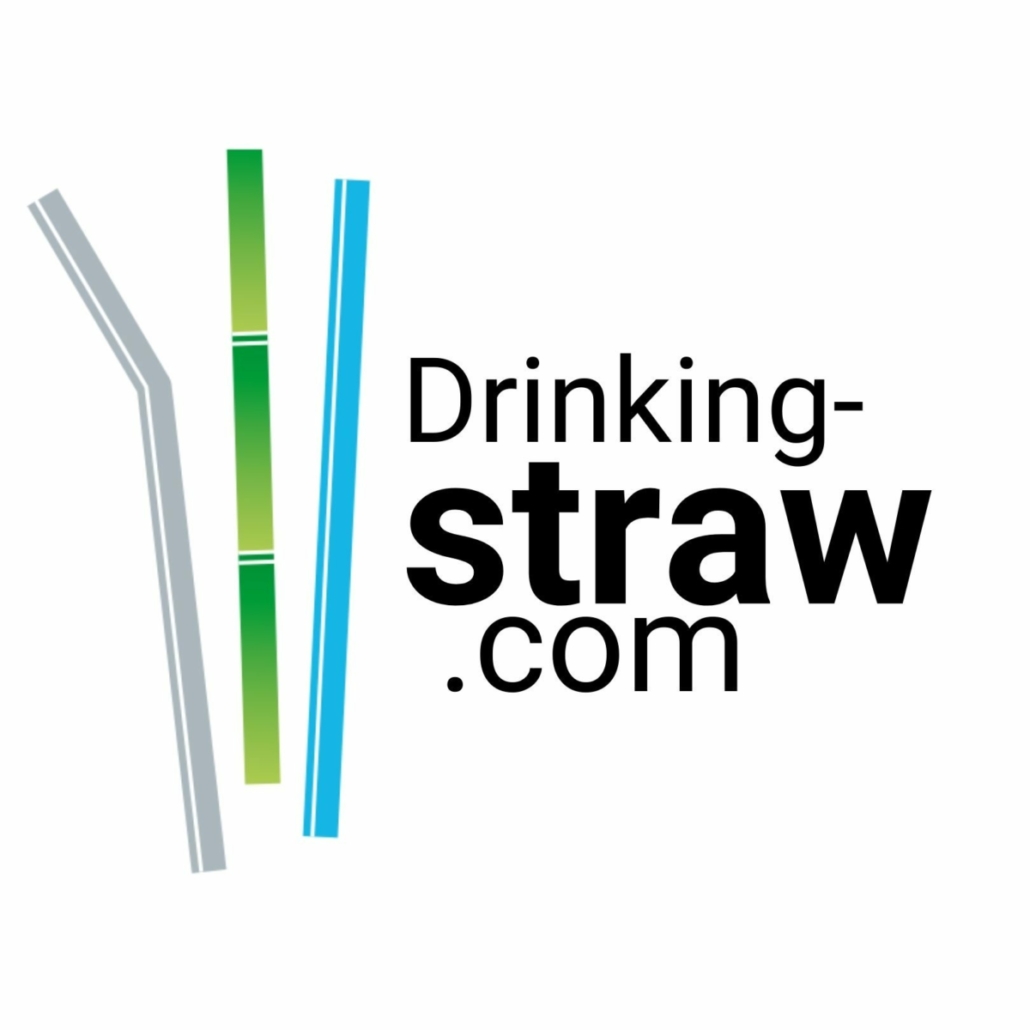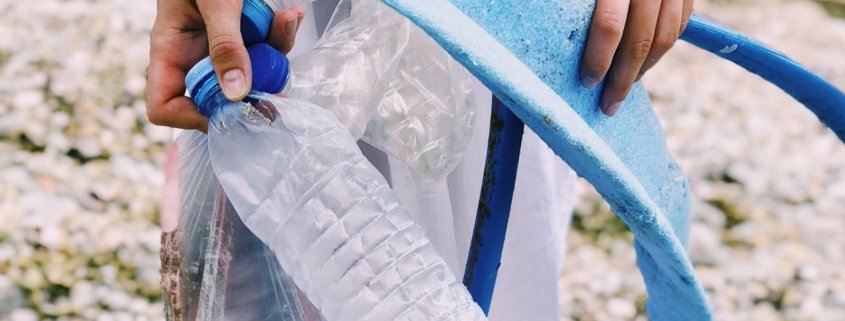Biodegradable VS Compostable: All about these terms
Consumers are comforted by the labels biodegradable and compostable. Many people are also ready to pay a greater price for a product if its packaging is said to be biodegradable and compostable. Biodegradable or compostable items are regarded more ecologically friendly. Although closely linked, biodegradable and compostable are two separate concepts with different environmental implications. What is the distinction between these two expressions? Because we are curious about what a biodegradable or compostable product is.
An infographic that distinguishes between “biodegradable” and “compostable” straws.
These two concepts are frequently mistaken or muddled; here is an infographic to help you distinguish between them:
Biodegradable Products’ Definition
What exactly does the term “biodegradable” mean?
Any substance that decomposes and disappears “naturally”, that is, without human intervention, is said to be biodegradable. The product decomposes naturally thanks to living microorganisms such as bacteria, fungi, and algae. With the addition of the effects of temperature, humidity, and oxygen. When thrown into nature, a biodegradable product is 100% completely digested by these living microorganisms and transformed into water, CO2, or biomass with no negative environmental consequences.
The rate of biodegradation of a product is also affected by weather conditions such as rain, heat from the sun, and so on. However, whether a product biodegrades quickly or slowly has no effect on its biodegradability.
Plastic, is it biodegradable
As a result, plastic is technically a biodegradable product. However, the biodegradation process can take hundreds or thousands of years. Numerous studies, however, confirm that plastic never completely degrades and leaves microparticles in the environment.
Other straws, such as those made of wheat, pulp, or apple fibers, biodegrade in a matter of weeks.
Any product can be considered biodegradable at first glance. That is why, when discussing a product’s biodegradability, the issues of time must be addressed! Thus, it is more accurate to say that a product is biodegradable over the course of human life, i.e. in less than 18 months.
What exactly is compostable packaging or wrapping?
Is there a variety of compost?
When the biodegradation process of a product or packaging is controlled by living or human intervention, it is considered compostable.
Composting is classified into two types:
- Composting in the home, backyard, or kitchen.
- A specialized industry for composting.
Most of the time, however, when a product is labeled as compostable, it does not imply that it can be composted at home. Indeed, only a few materials can be composted naturally because it necessitates a fermentation at high temperatures and high humidity levels, which can only be accomplished industrially.
Composting speeds up biodegradation: after only a few months of repeating this fermentation process, rich nutrients are obtained, which are primarily used as 100% organic fertilizer.
Is it possible to compost a biodegradable product?
It should be noted that not all biodegradable products are compostable. A product must meet certain criteria in order to be certified OK compost, i.e. compostable according to the NF EN 13432 standard.
- In less than 6 months, achieve at least 90% CO2 biodegradation.
- Be able to disintegrate in its quasi-totality: no more than 10% of residues larger than 2 mm.
This includes not only synthetic materials (plastics, rubber, and porcelain), but also all printed paper and cardboard products such as newspapers and printed paper straws.
What about “biodegradable” PLA?
PLA (Polylactic Acid) straws are made from plant materials like corn starch, but their manufacturing process (chemical transformation) can be just as damaging to the environment. They can take years to biodegrade and can only be composted in a factory.
Unfortunately, there are only a few garbage cans for composting in factories in France, so this type of straw frequently ends up in the garbage. Because of their strong resemblance to plastic, when they arrive at sorting centers, the optical sorting machines barely recognize them; they are then ejected from the chain and incinerated.
Other transformed natural polymers or bioplastics that are frequently associated with bagasse or natural fibers include “PBS” or “PLA.” Be aware that straws with a “plastic” texture on the market today are almost certainly made of plastic (chemical polymer transformation process) and thus prohibited by the European Union’s AGEC law.
What should you remember about the distinction between biodegradable and compostable?
You are now aware that many of the materials that surround us and play a role in our daily lives are biodegradable. However, a biodegradable product is only ecological in the context of human life, implying a biodegradation time of fewer than 18 months.
You may also be aware that a compostable product is one that biodegrades through an action controlled by humans, either industrially (via fermentation at high temperatures and high humidity) or in homemade compost. As a result, not all biodegradable products can be composed. Compostable products are environmentally friendly because they are made entirely of organic fertilizer.
Finally, you now understand that biodegradable PLA made from Polylactic acid is a difficult alternative to recycle and that it is preferable to choose less harmful solutions for our environment.
Of course, regardless of the biodegradability of the products, it is critical not to throw anything in nature. Selective sorting is still an important tool for the preservation of our planet. Contact us if you are looking for sustainable and affordable alternatives!




Leave a Reply
Want to join the discussion?Feel free to contribute!